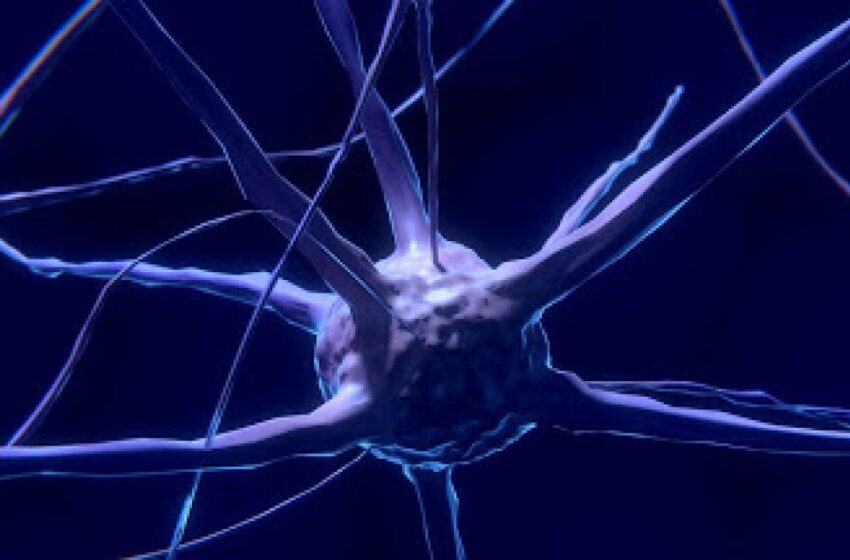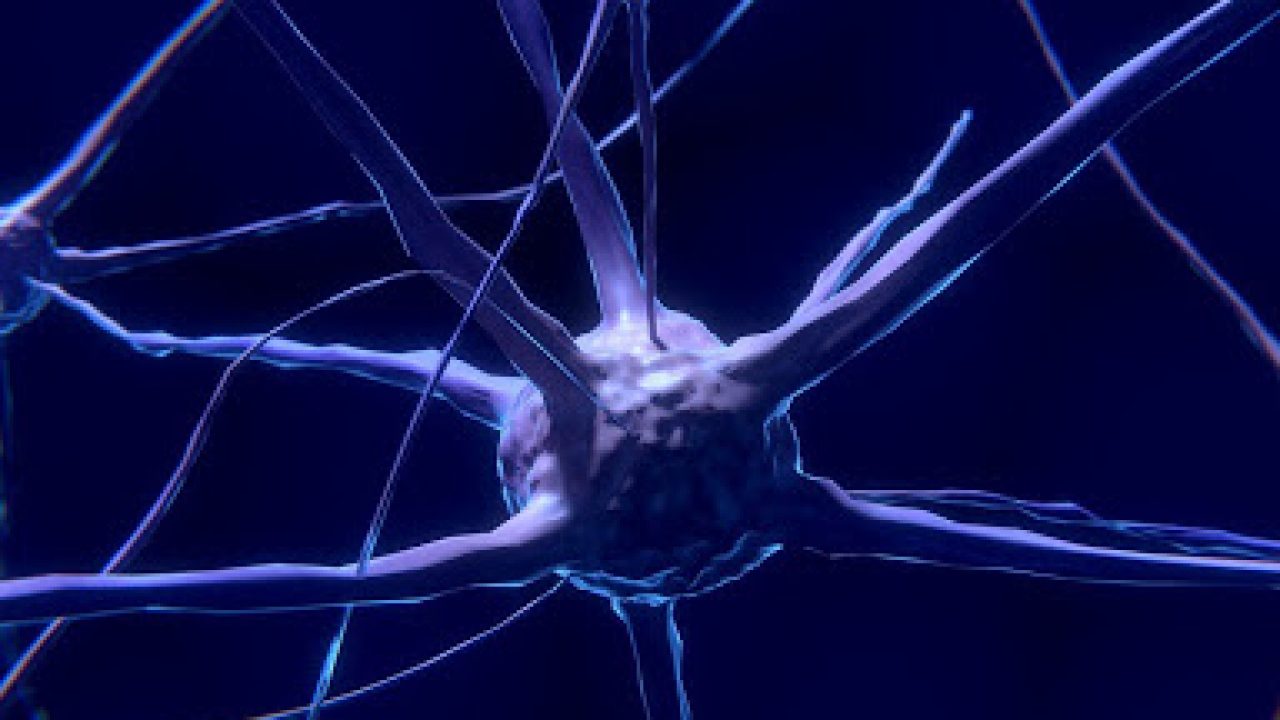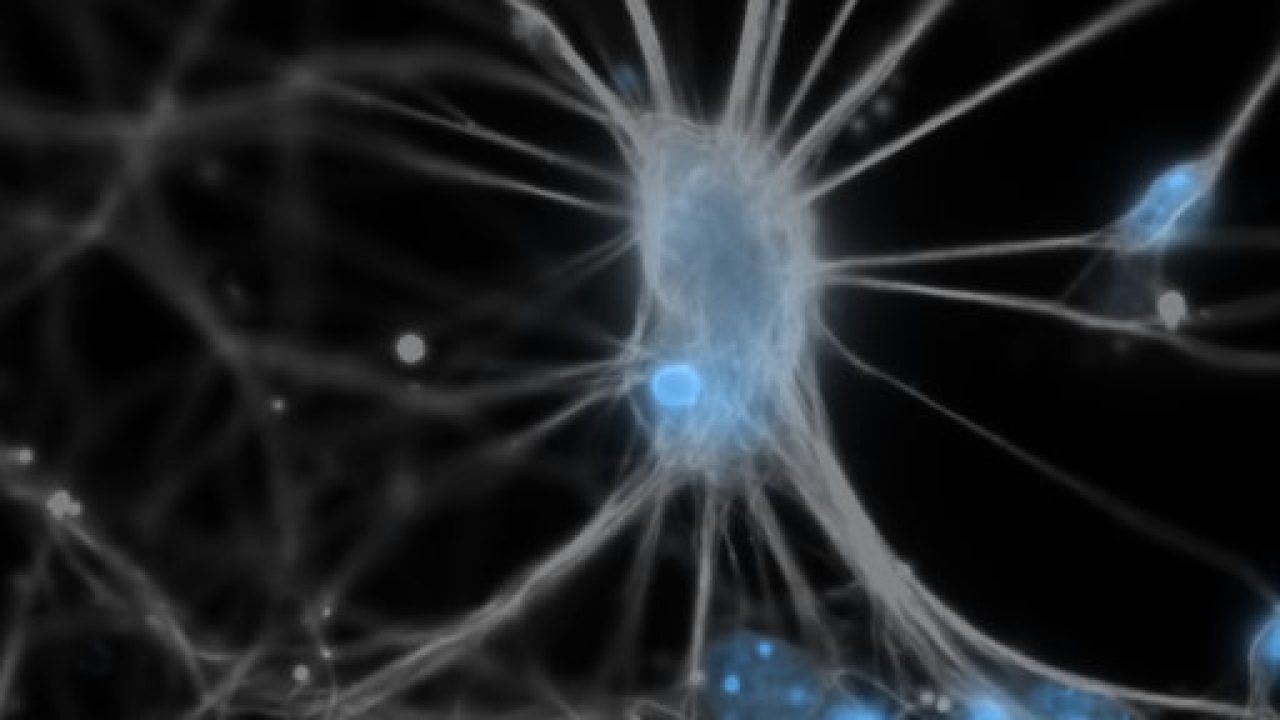
Exploring the Flawlessness of Nature – The Marvel of Neurons

© Wikimedia Commons
Musa Sattar, London, UK -Deputy Science Editor
Where complexity intertwines with simplicity, lies the human brain – an enigmatic marvel crafted with meticulous precision. At the heart of this spongy, fatty organ reside billions upon billions of neurons, each a testament to nature’s unparalleled ingenuity.
Imagine this: your brain is a dense tree forest. This forest is actually a network of 86 billion neurons, each resembling a tiny tree with roots, trunks, and countless branches reaching out to connect with others. Yet, each neuron is unique in its diversity and functionality. From the sensory neurons that convey information from our environment to the motor neurons that command our muscles to move, each type plays a unique role in the grand scheme of cognition and behaviour.
These minuscule cells harbour immense power, orchestrating the symphony of thoughts, emotions, and actions that define our existence. When your hand touches a hot surface, sensory neurons race signals to your brain at lightning speed – over 150 miles per hour – alerting it to the danger. Without skipping a beat, your brain orchestrates a response, dispatching commands through motor neurons at over 200 miles per hour, prompting an immediate reaction to withdraw your hand and cool it down. This collective activity generates a substantial amount of electricity within the brain – so much so that they are known to be sufficient to illuminate a simple 12-watt light bulb. It’s a testament to the astounding power and efficiency of the brain’s intricate neural network.
But what about the development of these wondrous cells? How does nature sculpt such complexity from seemingly simple building blocks? The journey of neuronal development is a testament to the elegance of nature’s design. It begins in the embryonic stages, where neural progenitor cells proliferate and differentiate into the myriad types of neurons that populate the brain. Guided by a symphony of genetic cues and environmental influences, these nascent neurons migrate to their designated locations, where they begin to form connections with precision akin to a master artisan’s brushstrokes.
But the wonder doesn’t end there. Consider the intricacies of the neuron itself – how it’s constructed and how it executes its functions with flawless precision. Each neuron acts as a sophisticated messenger, decoding meaningful messages encoded in pulses and transmitting them seamlessly throughout the brain and body. The storage and retrieval of memories, housed in billions of receptacles, further highlight the neuron’s astonishing capabilities. It’s a complex system that defies explanation, requiring an efficient computer far beyond any technology created by humans to replicate.

© Wikimedia Commons
The neuron is like a tiny universe unto itself, with a cell body housing the nucleus – the command centre – and an array of dendrites (long neural extensions) and axons extending like tendrils, forming connections known as synapses with other neurons. These synapses, akin to bridges between worlds, facilitate the transmission of electrical signals and chemical messages, allowing information to flow seamlessly through the neural network. It’s through these intricate connections that memories are formed, skills are learned, and emotions are experienced.
Neurons reign supreme as the essential messengers transmitting vital information throughout our bodies, enabling every action from the simplest tasks like breathing to the most complex cognitive processes like thinking and speaking.
Previously, the prevailing wisdom among neuroscientists held that humans were born with a fixed number of neurons, with little to no capacity for generating new ones. However, in the past decade ground breaking research has challenged this long-held belief, revealing a surprising phenomenon known as neurogenesis – the birth of neurons – even in the adult brain.
As the brain matures, this intricate movement continues, sculpting and refining the neural circuitry with each passing moment. It’s a process of exquisite balance, where the slightest deviation can have profound consequences on brain function and behaviour.
But amidst the awe-inspiring beauty of neuronal development lies a sobering reality: the fragility of the human brain. From genetic mutations to environmental toxins, a myriad of factors can disrupt the delicate balance of neural circuitry, leading to neurological disorders and cognitive deficits.
Yet, even in the face of adversity, the brain possesses a remarkable capacity for resilience and adaptation. Through the phenomenon of neuroplasticity, the brain can rewire itself, forging new connections and pathways to compensate for damage or dysfunction – a testament to the indomitable spirit of the human mind.
As we ponder the intricacies of neuronal function and development, we’re left with a question that transcends the realm of science: If not the hand of a Supreme Creator, then what force guides the exquisite design and flawless functionality of these remarkable cells?
Perhaps therein lies the ultimate mystery of the human brain – the enigma that reminds us of the boundless wonders of the universe and the inexhaustible depths of our own curiosity.
As renowned neuroscientist David Eagleman said, ‘A typical neuron makes about ten thousand connections to neighbouring neurons. Given the billions of neurons, this means there are as many connections in a single cubic centimetre of brain tissue as there are stars in the Milky Way galaxy.’
As you marvel at the intricacies of neurons and contemplate the mysteries of the mind, dare to ask yourself: In the labyrinthine corridors of the human brain, could there be a guiding hand at work, sculpting the symphony of neurons that compose the essence of our being?
Further Reading:
Leonid L Moroz, ‘The genealogy of genealogy of neurons,’ Communicative & Integrative Biology. (2015: 7(6)):e993269. doi: 10.4161/19420889.2014.993269.
Eriksson, P., Perfilieva, E., Björk-Eriksson Et al. ‘Neurogenesis in the adult human hippocampus.’ Nature Medicine. 4, 1313–1317 (1998). https://doi.org/10.1038/3305
https://www.scientificamerican.com/article/does-the-adult-brain-really-grow-new-neurons



